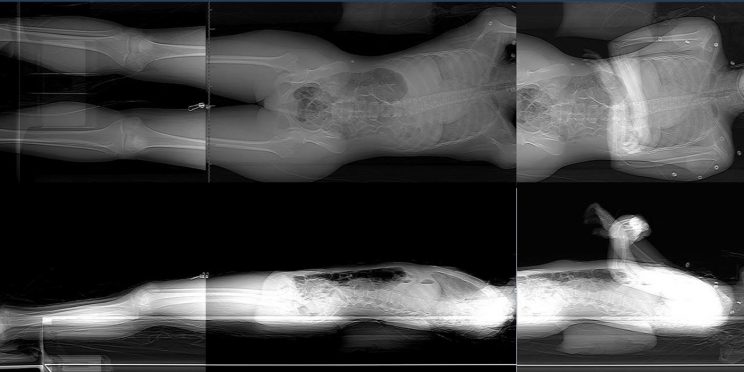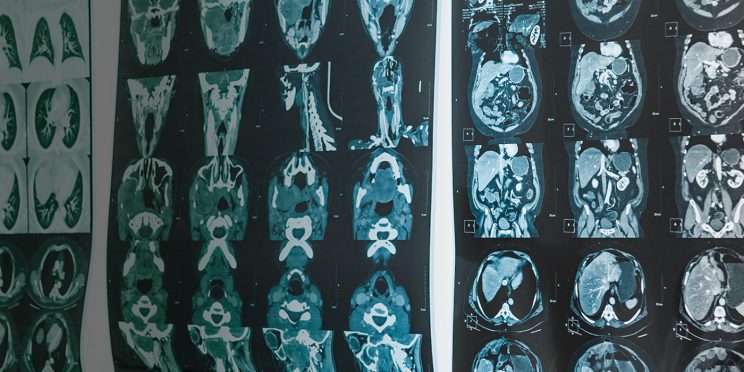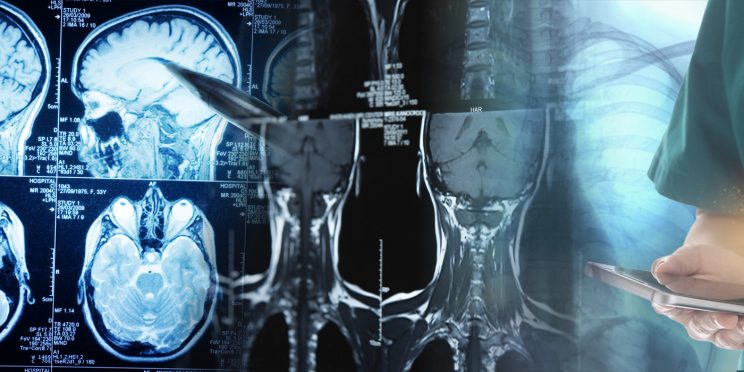This webinar originally occurred on October 28, 2020
Duration: 1 hour
Overview
This webinar will introduce the audience to viewing and collecting data from 3D medical imaging modalities (CT/MRI) using the open source 3D Slicer software platform. The presenters will visualize sample datasets through two methods: as a 3D volume rendering for previewing a dataset or collecting surface data; and as a 3D model which can be used in Slicer or exported for further analysis and 3D printing. From these visualizations, they will collect three different types of quantitative data: (1) linear and angular measurements; (2) 3D landmark data (called fiducial markup data) which can be used in geometric morphometric analyses of size and shape; and (3) volumetric data through both manual and semi-automated segmentation processes. The presenters will demonstrate how methods can be used for both mineralized/skeletal and soft tissues in CT and MRI datasets. The latest stable release of the Slicer platform can be downloaded at www.slicer.org. Individuals interested in further training in 3D Slicer should consult the Slicer Wiki and the Slicer Discourse Forum.
Detailed Learning Objectives
- Introduce the audience to collecting and viewing data from 3D medical imaging programs.
- Highlight the different quantitative data types available for analysis.
- Demonstrate how methods can be used for both skeletal and soft tissue MRI and CT datasets
Presenter
- Rachel A. Menegaz, Ph.D. | Assistant Professor, Department of Physiology and Anatomy, University of North Texas Health Science Center
Funding for this Forensic Technology Center of Excellence webinar has been provided by the National Institute of Justice, Office of Justice Programs, U.S. Department of Justice.
The opinions, findings, and conclusions or recommendations expressed in this webinar are those of the presenter(s) and do not necessarily reflect those of the U.S. Department of Justice.
Contact us at ForensicCOE@rti.org with any questions and subscribe to our newsletter for notifications.




